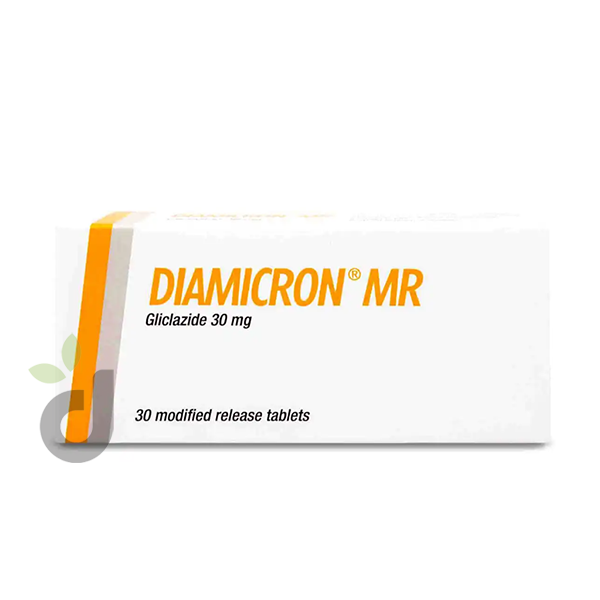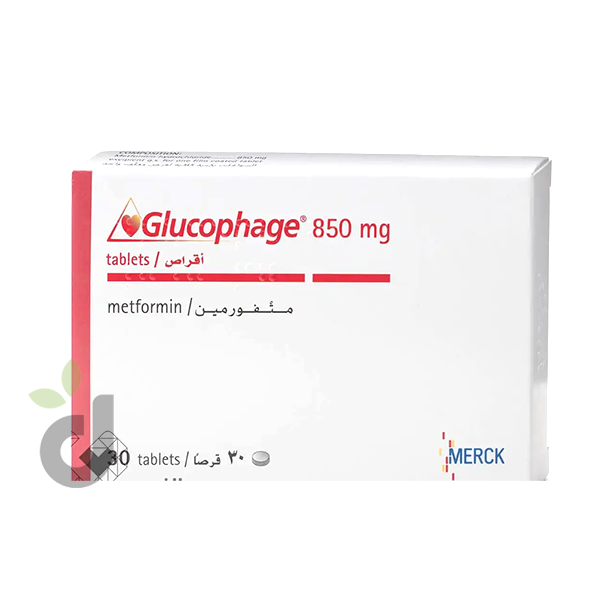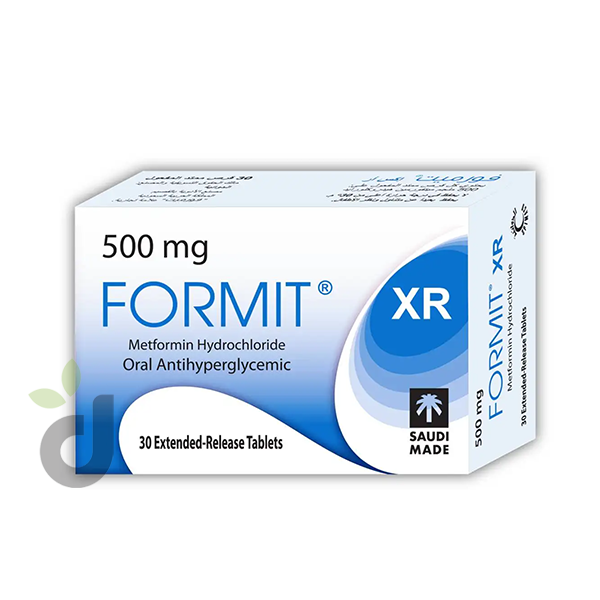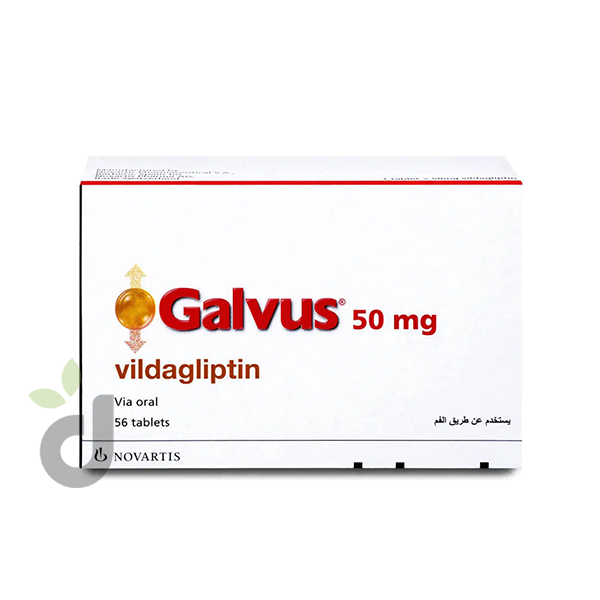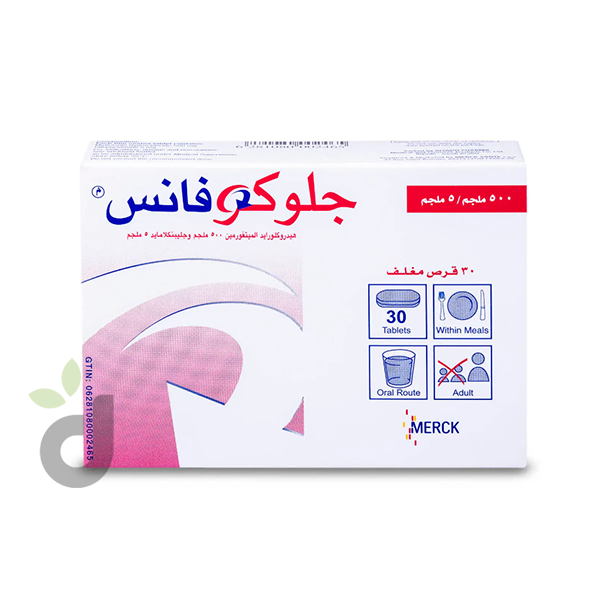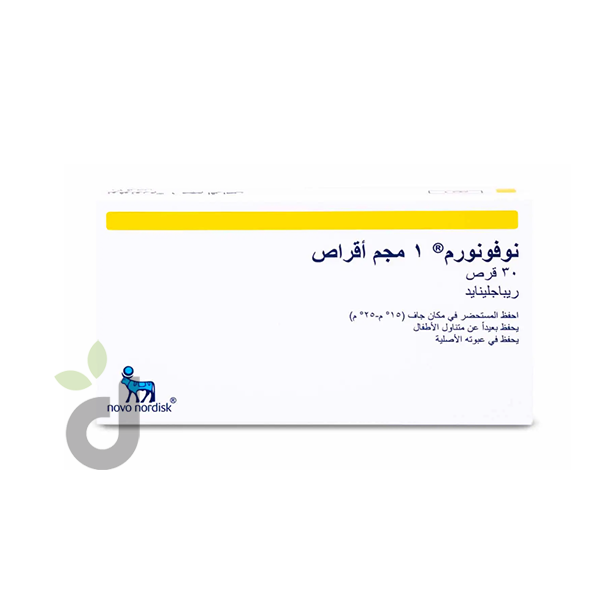



NovoNorm 1 mg 30 Tablets
Inhouse product
Reviews & Ratings
Repaglinide
Oral Antidiabetic Medication
? Indications
Repaglinide helps the pancreas produce more insulin, thereby lowering blood sugar (glucose) levels. It is primarily used in the treatment of Type 2 Diabetes.
? Contraindications
Do not use Repaglinide if you:
- Are allergic to Repaglinide or any of its ingredients.
- Have Type 1 Diabetes.
- Have Diabetic Ketoacidosis (high acidity in the body).
- Have severe liver disease.
- Are taking Gemfibrozil (a drug used to lower high blood fat levels).
⚠ Warnings and Precautions
Talk to your doctor before taking Repaglinide if:
- You have liver problems. It is not recommended for patients with moderate liver disease.
- You have kidney problems. Repaglinide should be taken with caution.
- You are about to undergo major surgery or have recently been ill.
- You are under 18 years of age or over 75 years of age.
Repaglinide is not recommended for these age groups.
? Possible Side Effects
- Hypoglycemia (low blood sugar): Hypoglycemia can be mild or moderate but may occasionally develop into loss of consciousness or coma.
If this happens, seek immediate medical help. - Allergic reactions: Symptoms may include swelling, difficulty breathing, rapid heartbeat, dizziness, and sweating.
Contact your doctor immediately if this occurs. - Other side effects:
- Stomach pain
- Diarrhea
- Acute coronary syndrome (though this may not be caused by the medication).
? Other Medications and Repaglinide
Do not take Repaglinide with Gemfibrozil.
Your response to Repaglinide may change if you are taking other medications, especially the following:
- Monoamine oxidase inhibitors (MAOIs) (used to treat depression)
- Beta-blockers (used for high blood pressure or heart conditions)
- Angiotensin-converting enzyme inhibitors (used for heart conditions)
- Salicylates (e.g., aspirin)
- Octreotide (used for cancer treatment)
- Nonsteroidal anti-inflammatory drugs (NSAIDs)
- Steroids
- Oral contraceptives
- Thiazide diuretics ("water pills")
- Danazol
- Thyroid products
- Sympathomimetics (used for asthma)
- Antibiotics such as Clarithromycin
- Antifungal medications like Itraconazole
- Cyclosporine
- Deferasirox
- Antiepileptic drugs like Phenytoin
- St. John’s Wort
- Clopidogrel (blood thinner).
? How to Take Repaglinide
- Always take this medicine exactly as your doctor has told you.
- Your doctor will determine your dose.
- The usual starting dose is 0.5 mg before each main meal.
- Swallow the tablets with a glass of water, directly before or up to 30 minutes before each main meal.
- The dose can be adjusted by your doctor to a maximum of 4 mg to be taken immediately before or up to 30 minutes before each main meal.
- The maximum recommended daily dose is 16 mg.
- Do not take more Repaglinide than your doctor recommends.
? How to Store Repaglinide
- Keep Repaglinide out of the sight and reach of children.
- Do not use the medicine after the expiration date printed on the outer carton and blister pack after "EXP".
- This product does not require any special storage precautions.

